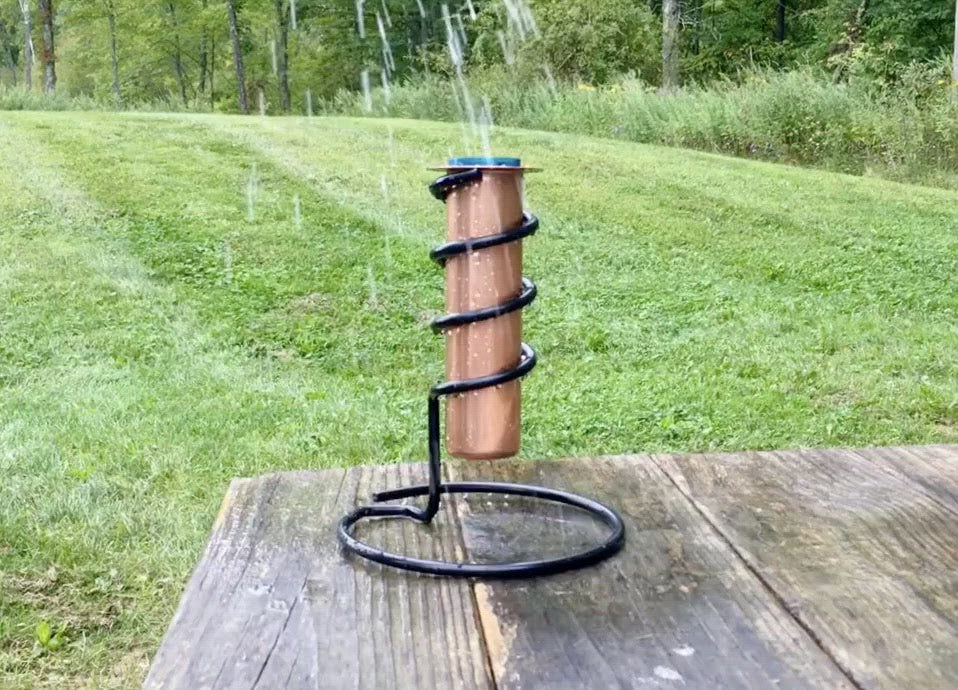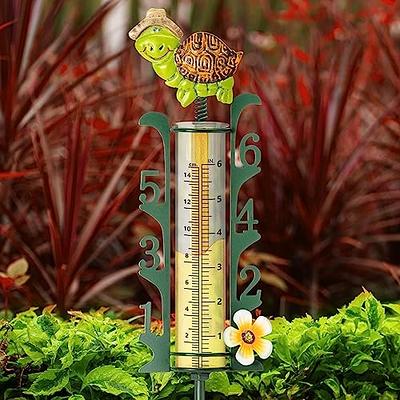Your Go-To Source on The Rain Gauge: Advantages and Practical Applications
Your Go-To Source on The Rain Gauge: Advantages and Practical Applications
Blog Article
DIY Rainfall Gauge: Simple Actions to Make Your Own
Creating your own DIY rain gauge is a straightforward and efficient way to videotape and gauge precipitation. With just a few common materials and some standard steps, you can conveniently construct your own rain gauge at home. Let's get begun on making your Do it yourself rainfall gauge today!
Gather Products
To start constructing your DIY rain scale, collect all the necessary products using a comprehensive list of items. Having the best materials on hand will guarantee the successful creation of your rainfall scale and permit exact dimensions of rains. First of all, you will need a clear plastic container or cyndrical tube, such as a plastic container or container. See to it the container is transparent to make sure that you can conveniently see the water degree inside. Next off, you will require a leader or determining tape to mark the increments on the container. This will certainly allow you to determine the amount of rains properly. Furthermore, you will require a long-term marker or waterproof tape to note the measurements on the container. When revealed to rainfall, this will make certain that the markings stay visible also. You will certainly need a tough base or stake to firmly hold your rain scale in location. This can be a wood or metal stake that can be placed into the ground or a strong flat surface area to provide security. Gathering these products beforehand will certainly streamline the building and construction process and make certain that you have whatever you need to produce your very own DIY rainfall gauge.
Prepare the Container

Mark the Measurement Increments
To properly determine the quantity of rains, precisely marking the dimension increments on your DIY rainfall gauge is necessary. Without accurate and clear markings, it would certainly be tough to identify the precise amount of rains gathered in your rain scale. Here are the actions to mark the dimension increments on your rain scale.
First, select the unit of measurement that you wish to utilize. The most usual systems for determining rains are millimeters and inches. Make use of a long-term pen or waterproof paint to note the increments on the side of your rainfall scale once you have picked the unit. For inches, you can note every quarter inch or every fifty percent inch, depending on your choice. For millimeters, you can note every 10 millimeters or every 20 millimeters.
When noting the increments, it is necessary to make sure that they are equally spaced and clearly noticeable. Make use of a leader or measuring tape to make sure precision and uniformity. Additionally, see to it that the markings are resistant to fading or abrading, as direct exposure to the elements may trigger them to degrade over time.
Place the Rain Gauge Outdoors
The rainfall gauge ought to be placed outdoors to accurately collect rains information. The area selected for the rain gauge should be free and open from any blockages that might potentially affect the measurement of rains. The Rain Gauge.
Furthermore, it is important to place the rain gauge on a secure surface area, such as a level ground or a sturdy post. This will certainly stop any type of movement or tilting of the scale, which might result in unreliable measurements. It is also advisable to prevent placing the gauge near any type of sources of fabricated water, such as sprinklers or drainage systems, as this can disrupt the accuracy of the measurements.
Display and Record Rain Information
Normal tracking and recording of rains information is essential for precise data analysis and analysis. By monitoring rains measurements, you can obtain useful understandings into weather patterns, environment trends, and water resource management. To successfully check and tape rainfall information, it is important to develop a regular and preserve regular practices.
To start with, ensure that your rainfall scale is positioned in an open area far from obstacles such as trees or structures that might obstruct rainfall. In addition, go to this website see to it the rainfall scale is level and safely secured to avoid any motion that can impact the precision of the dimensions.

When tape-recording the rains information, it is crucial to keep in mind the date and time of each measurement. Use a ruler or a determining adhere to figure out the rains depth in the rain gauge, and record this info precisely.
To guarantee the accuracy of the measurements, it is recommended to clear the rainfall scale after each recording. This will certainly stop any type of overflow or evaporation from affecting succeeding dimensions.
Verdict
Finally, creating a DIY rainfall gauge is a simple and practical means to keep track of and record rains information (The Rain Gauge). By complying with the actions outlined in this write-up, you can quickly collect materials, prepare the container, note the dimension increments, and place the rain scale outdoors. Routinely keeping track of and videotaping rains data can offer useful information for numerous functions
Having the appropriate materials on hand will certainly make certain the successful production of your rain scale and permit for precise dimensions of rainfall.To precisely gauge the amount of rains, properly marking the dimension increments on your Do it yourself rain scale is important.The rainfall scale should be put outdoors to properly collect rainfall information. The location chosen for the rainfall scale should be free and open from any type of blockages that can potentially impact the dimension of rains.In conclusion, producing a DIY rainfall scale is a functional Read Full Report and straightforward way to monitor and tape-record rains information.
Report this page